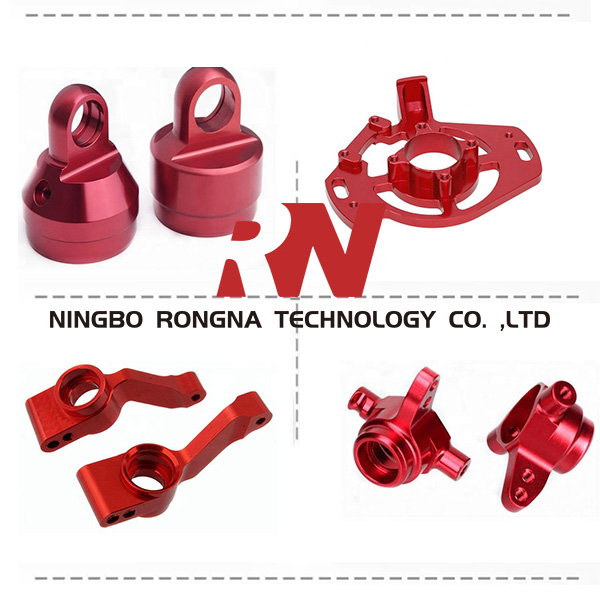Because of its high-quality food resistance, formability, suitability, and toughness in a wide temperature range, it is widely used in heavy industry, light industry, daily necessities, and architectural decoration.
Stainless steel precision parts processingAlloy steel with chromium content greater than 12% or nickel content greater than 8% is called stainless steel.
This kind of steel has certain corrosion resistance in the atmosphere or corrosive medium, and has higher strength at higher temperature (>450℃). Steel with a chromium content of 16% to 18% is called acid-resistant steel or acid-resistant stainless steel, commonly known as stainless steel.
Due to the above characteristics of stainless steel, it is more and more widely used in aviation, aerospace, chemical, petroleum, construction, food and other industrial sectors and daily life.
The following difficulties will be encountered in the process of stainless steel processing:
Serious work hardening: stainless steel has high plasticity, the properties are distorted during plastic deformation, and the strengthening coefficient is large; in addition, the austenite is not stable enough, and part of the austenite can be transformed into martensite under the action of cutting stress; It is easy to decompose and disperse under the action, resulting in a hardened layer during cutting. The work hardening phenomenon caused by the previous feeding or the previous process seriously affects the smooth progress of the subsequent process.
Large cutting force: stainless steel has a large plastic deformation during the cutting process, resulting in an increase in the cutting force. Stainless steel has severe work hardening and high thermal strength, which further increases cutting resistance and makes it difficult to curl and break chips.
High cutting temperature: large plastic deformation during cutting, large friction with the tool, and large cutting heat; a large amount of cutting heat is concentrated in the cutting area and the tool-chip contact interface, and the heat dissipation conditions are poor.
